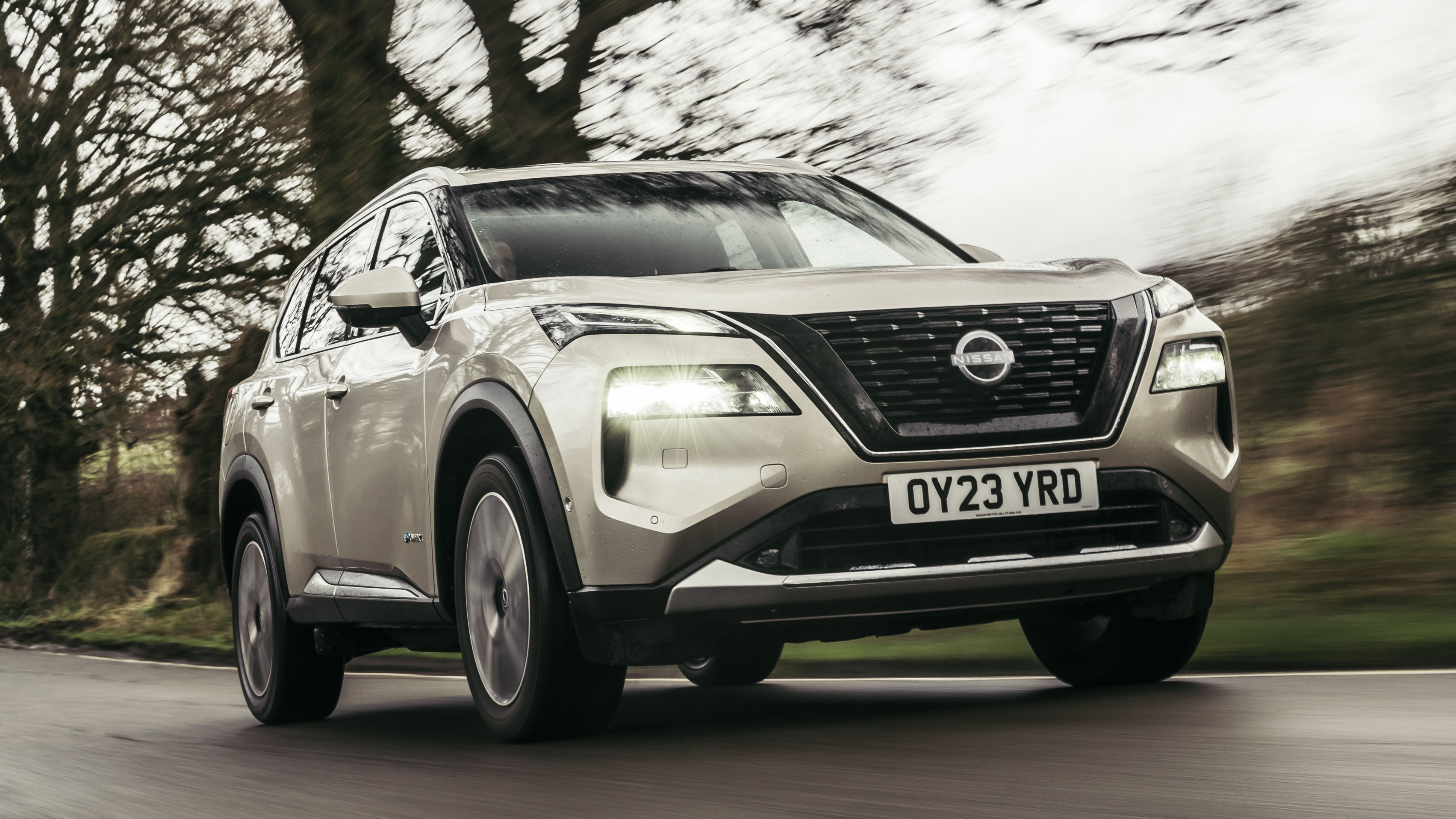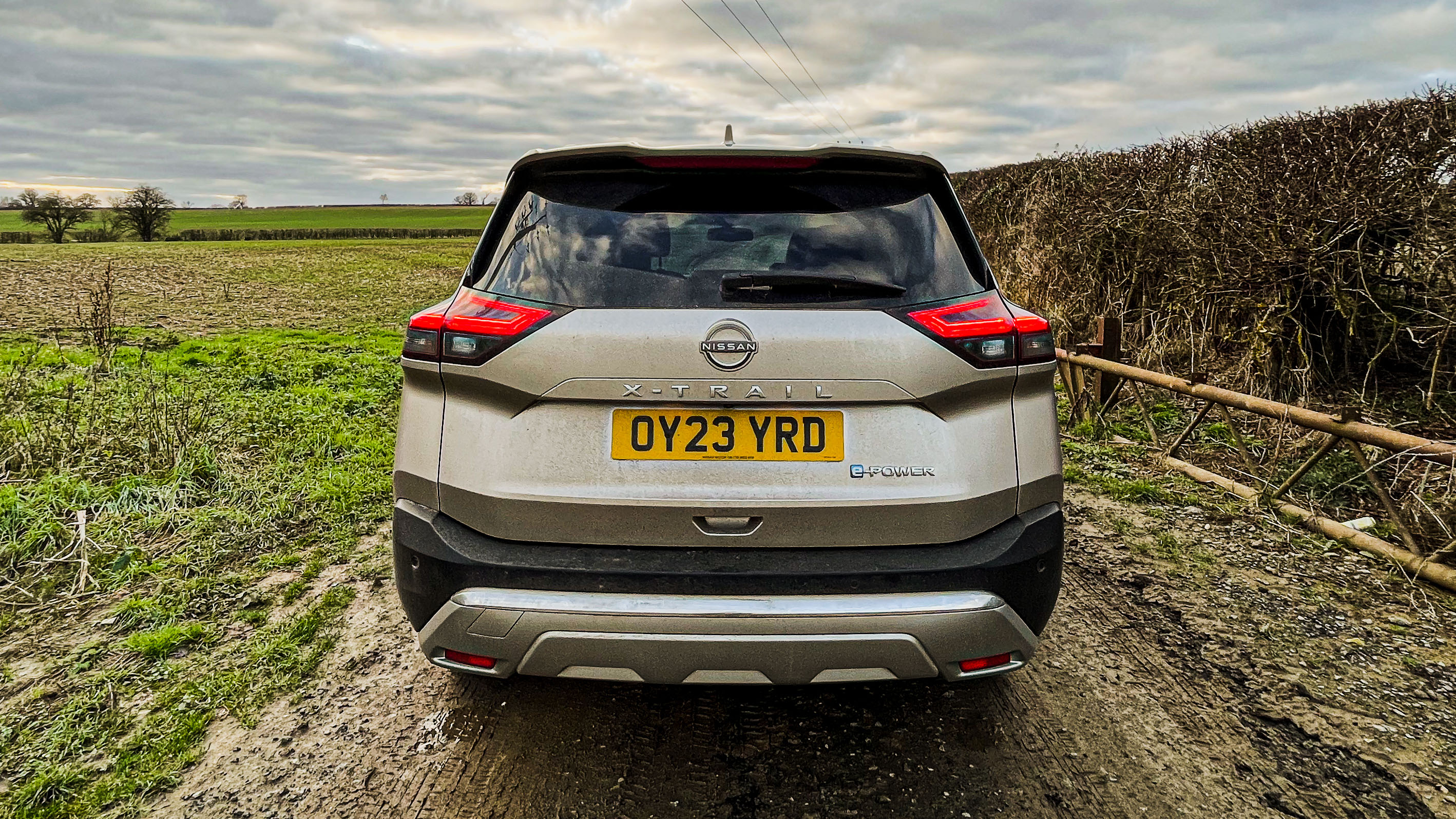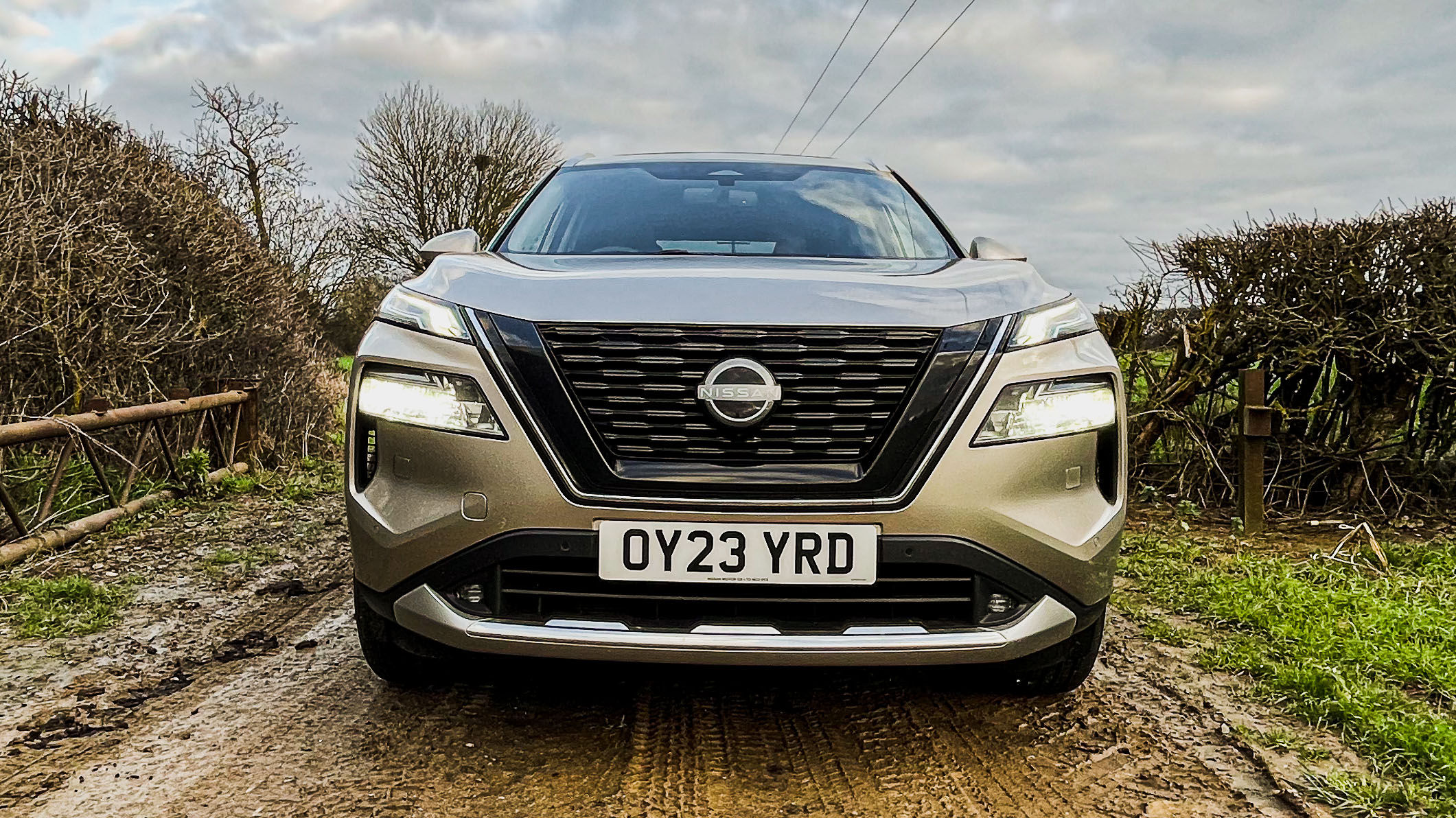
SPEC HIGHLIGHTS
- SPEC
Nissan X-Trail
- ENGINE
1497cc
- BHP
155.6bhp
- 0-62
8s
Life with a Nissan X-Trail: how does the petrol-electric SUV drive?
I’ve been threatening it for a while now but I’m finally getting round to talking about how the X-Trail drives. After the windscreen and the service, I’ve not really had the space in these reports to do so. But its something I’ve been wanting to do as I feel its an important report.
You won’t be surprised that this isn’t going to be some great revelation about how it actually handles-on-rails... because it doesn’t. From a handling perspective it's pretty bland and very light to drive around in urban and rural environments, almost too light sometimes. The four wheeled version has much more feedback through the wheel. It's more the engine/battery technology that’s important here.
A quick recap, the 1.5-litre petrol engine doesn’t actually power the wheels, that’s all down to a 201bhp electric motor. The petrol bit just acts as a generator and has fancy tech that enables it to vary its compression ratio to burn petrol more efficiently at different loads. Confused? You should be because it's quite confusing to drive. On the one hand it bongs, whirrs and drives like an electric car yet on the other hand it sounds just like a petrol car.
Every so often the engine kicks in, whirring like a petrol generator (which effectively it is) and overruns sounding like those drivers that can’t quite get the throttle and clutch balance right. It's an odd experience if I’m honest, and one that I can’t quite get my head round after 30 years of driving.
But here’s the thing, it really works in a bizarre kind of way and - shock horror - I think I might prefer it to a traditional petrol engine in these types of family cars. Regular readers will know I might not be the world’s biggest fan of electric cars but for me the one things EVs do well is make driving easy. And the one thing petrol cars do well is range. So, it's like taking all the best bits of either one and putting them together. Everyday family hack cars need to be effortless; family life is hard enough as it is.
There’s a battery and petrol level dial that... only adds to the confusion, mind, because the former is pointless. If you run out of fuel you’re still done for, so you switch it into EV-only mode, but this rarely lasts long before the engine kicks in, and sometimes it won’t let you go in to EV mode at all. So why have a battery level? Concentrating on the fuel level is still the most important part. I switch the regen on all the time as it's really strong and helps with the braking and contributing to the ease of driving.
For an SUV it feels powerful too, sometimes too powerful for the front wheels that gives way to torque steer, and I bet that’s not what you expected to read in this report. Again, this disappears in the 4WD version. But with all that clever technology, does it have an mpg advantage? Unfortunately not - I’m averaging about 45mpg which compared to some traditional petrol cars is quite low.
Is this the future? It's certainly a technology that is gaining traction, and while the jury might be out on its environmental impact, combining two technologies works for me. I just wish it sounded better on the inside.
Featured

Trending this week
- Car Review
Chery Tiggo 9






